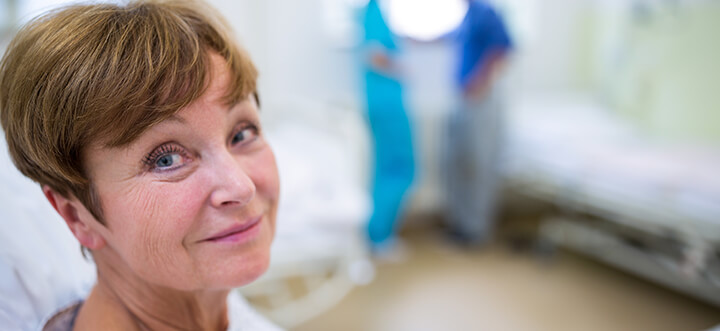(EGD) Upper Endoscopy

What is an upper endoscopy?
An upper endoscopy, or esophagogastroduodenoscopy (EGD), is a procedure that is performed to examine your upper digestive system. This procedure can diagnose, and sometimes treat, conditions in the esophagus, stomach, and beginning of the small intestine (duodenum).
During an upper endoscopy, a thin, flexible tube (endoscope) is guided into your mouth and down your throat. The endoscope has a tiny camera attached to the end, so your doctor can see pictures of your upper digestive system to further study it.
Preparing for an upper endoscopy
Your doctor will provide you with a set of instructions on how to prepare for your upper endoscopy. The most important step is to talk to your doctor about any medical conditions you have, including diabetes and lung or heart problems, and any daily medications you take. Read this form for a full list of preparations for an upper endoscopy.
What to expect during an upper endoscopy
An upper endoscopy usually lasts between 15 and 30 minutes. Before the procedure, you may receive a sedative via an IV as well as a local anesthetic that your doctor will spray in your mouth to numb your throat. The doctor will insert the endoscope into your mouth and gently maneuver it down your esophagus and to your stomach. The tiny camera attached to the end of the endoscope will take photos, so your doctor can further examine your upper digestive tract.
During the procedure, you may feel pressure, but should not feel pain. After the procedure, you will be taken to a recovery room where our healthcare team will monitor you for about an hour. You may experience boating, cramping, or a sore throat that will get better with time. The sedative may take up to 12 hours to wear off, so you will need someone to drive you home after your procedure.
Forms for your Visit
For important information on how to prepare for your upcoming procedure, please download the forms below.